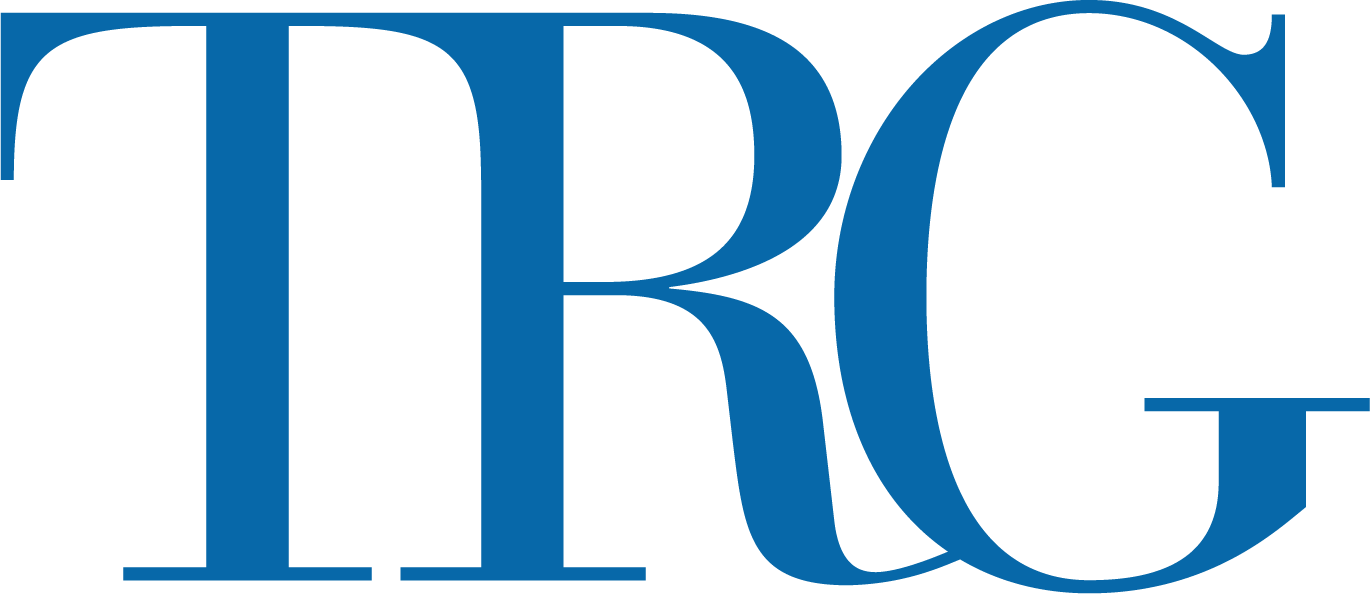TRG | The Bottom Line – 2/28
In the early 2000s the globalization trend was just kicking into high gear. As a young equity analyst covering K2 (later bought by Newell and then premium K2 brands subsequently purchased by Koberg & Co.), the rapid pace of globalization was a key value-driver. A great example of this trend was K2’s 2003 purchase of Worth, Inc., a classic American manufacturer of sporting products. Founded in 1912 by George Sharp Lannom Jr. in Tullahoma, TN as a producer of leather horse collars and harnesses, Lannom Manufacturing Company’s ability to survive was pinned on changing with the realities of market demands. Facing the rapid adoption of the automobiles, Lannom found another use for the company’s tannery - sporting goods. Just a decade into business, production shifted to leather footballs, followed by helmets, basketballs, and then baseballs and later softballs, The company name also changed to “Worth” and adopted the slogan “Another Name for Value.” K2’s purchase of Worth 91 years later moved manufacturing primarily to China, away from the North and Central American markets. We are now in a new world order, a new economy, and the term “globalization” has clearly fallen out of favor. Our bet is we will begin to hear more about the newest catch phrase: segmentation. Segmentation, or deglobalization, will have the opposite effect of globalization, and we expect inflation to continue as companies redefine and develop new market opportunities. Even products such as aggregates (a fancy word for crushed rocks) that are definitionally a localized because of geological and transportation constraints, are expecting consistent MSD inflation in 2025 (CRH, CX, MLM, VMC – all major producers are in agreement). In short, inflation isn’t going away anytime soon. While creating near to mid-term pressures, the long-term impact of segmentation could ultimately prove to be a healthier outcome overall.


